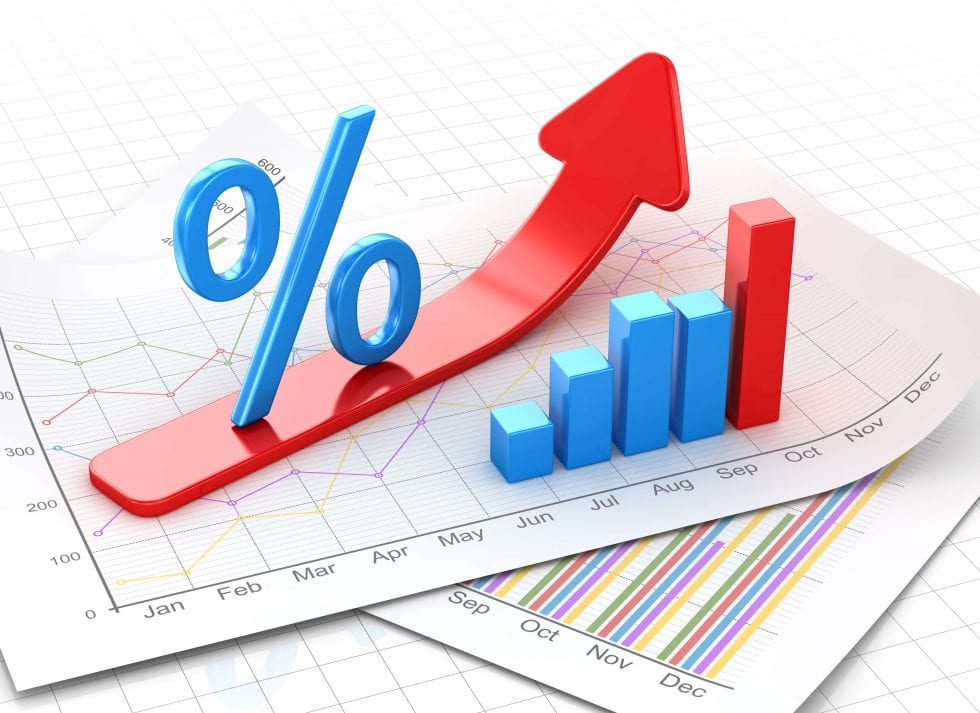An ISA a year
Who doesn’t want something tax free? Individual Saving Accounts (ISAs) offer you exactly that: a chance to earn interest on your savings free of tax, even if you’re a higher rate taxpayer. But few people take full advantage of what ISAs can really offer.

ISA limits
Each year, you get an ISA allowance which sets how much you can save for that financial year in an ISA. For 2019/20 that allowance is £20,000 and that can be invested in cash (a cash ISA), as stocks and shares (an investment ISA) or as a mixture of both.
There are also other types of ISAs such as Innovative Finance ISAs, Help to Buy ISAs and ISAs for children.
You do have to invest in your ISA by the 5th April each year for it to count towards that year’s tax allowance and you cannot roll over your allowance to the next year. In other words, if you haven’t used your whole allowance for that year, you lose it.
The case against
If you have savings of approximately £20,000, the personal savings allowance (PSA) introduced in 2016 may make ISAs look less attractive. You can now earn £1,000 / year tax free as a basic rate taxpayer and £500 / year if you’re paying tax at 40%. And savings accounts outside the ISA tax wrapper often offer much better rates of return.
But remember, for any savings over your PSA, you’ll pay 20% or 40% tax on any interest earnt depending on your tax rate if your savings are not within an ISA. That means, of course, £100 of interest reduces to £80 or £60 and that can really add up. What’s more, higher rate taxpayers (paying at 45%) do not have a PSA.
The case for
Interest earned in an ISA does not count towards your PSA, so you can still earn £500 /1,000 year interest outside an ISA, in addition to what you’re accruing within your ISAs. That’s good news for big savers.
And even with the higher rates offered by non-ISA savings accounts, if you’re paying 45% tax on every £100 earned on your savings, the net effect is that if you choose your ISAs wisely, you are in fact likely to be better off investing in an ISA, than investing in those higher rate schemes.
What’s more, add in the effects of compound interest and it gives ISA savings a turbo boost. In short, if you’re a higher rate taxpayer or someone who is serious about saving, ISAs make an extremely attractive option.
Making ISAs work hard for you

Of course, many ISAs and the different types of ISA, offer different rates of return. But if you invested just one lump sum of £20,000 at an interest rate of 5%, it would be worth £32,577 in 10 years’ time (figures from the Standard Life ISA calculator). It may not be millionaire status but it’s not bad, and of course, you can invest again in the next financial year.
Back in 2014, when the ISA allowances rose to £15,000, Nicole Blackmore of The Telegraph suggested that if you invested up to the full amount of your ISA allowance each year, then even with only moderate 5% growth a year, you could expect to be a millionaire within 25 years.
In fact, there are an increasing number of ISA millionaires with ISA accounts worth well over that figure. The key? Invest in funds and investments advisedly, be active, be vigilant of fees and charges and have a long-term goal and a withdrawal strategy, so that you do not erode your funds.
A well-planned ISA-a-year strategy could take you a long way. Don’t lose out by not using your ISA allowance.


